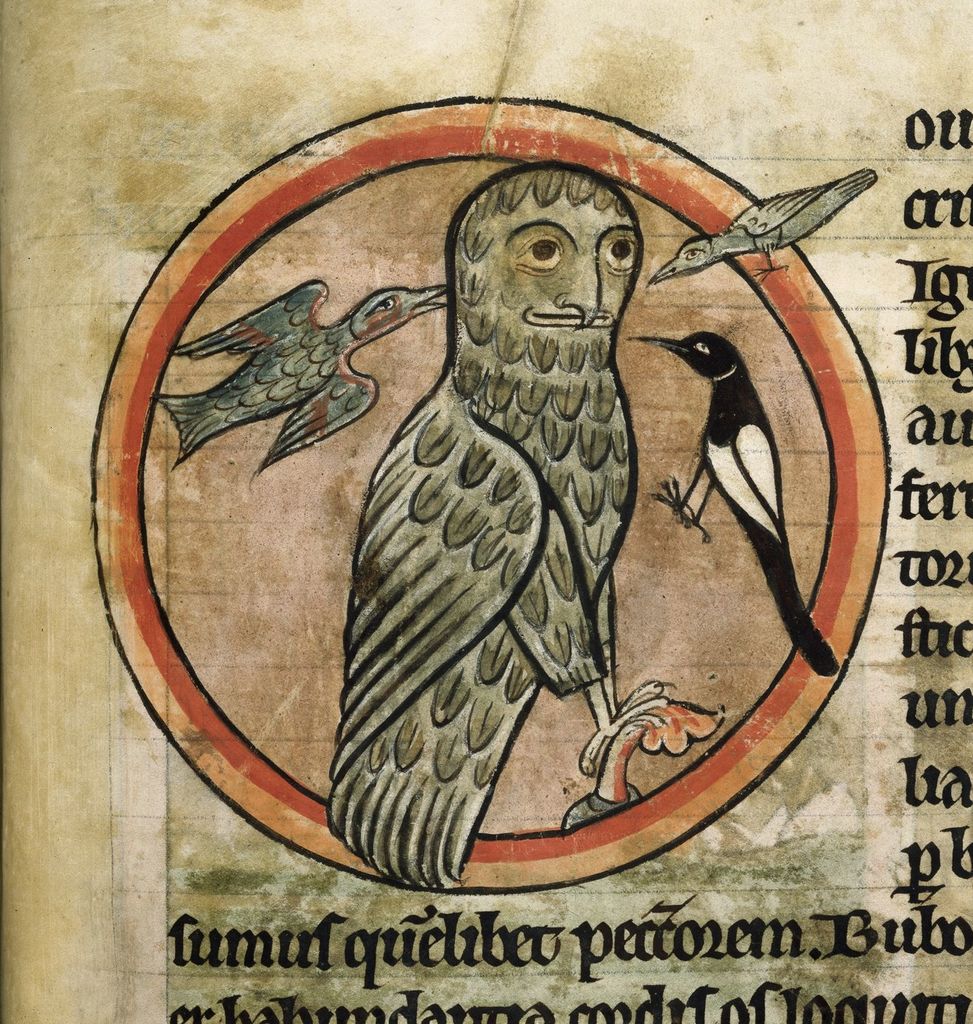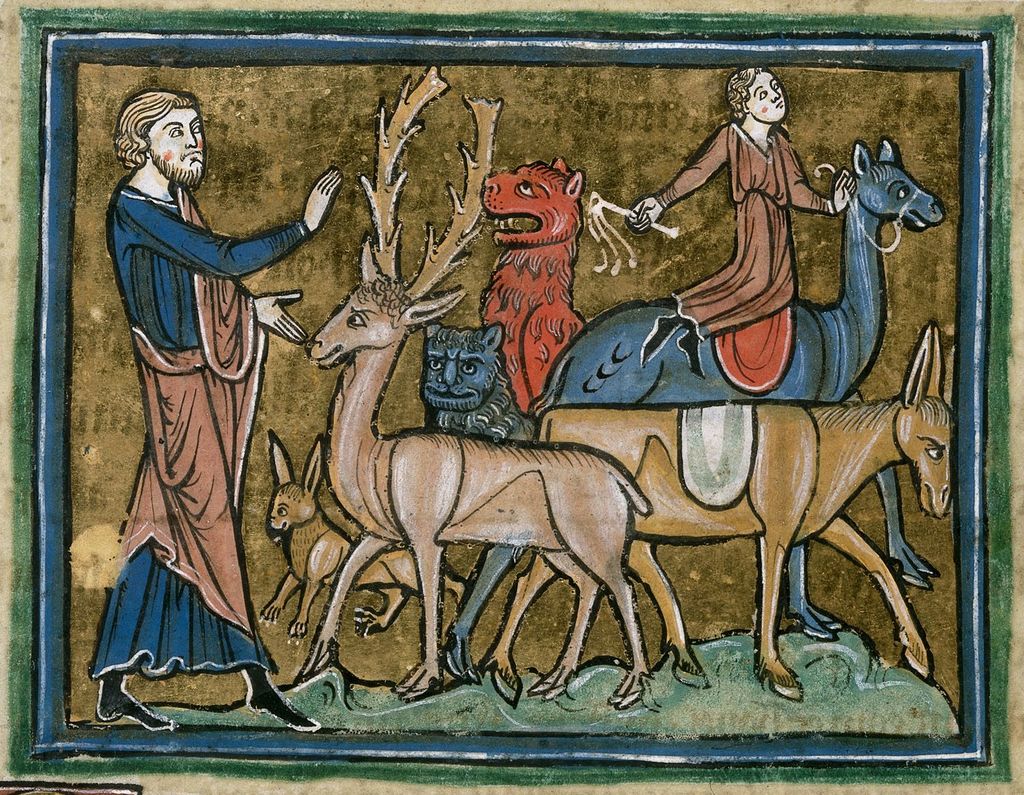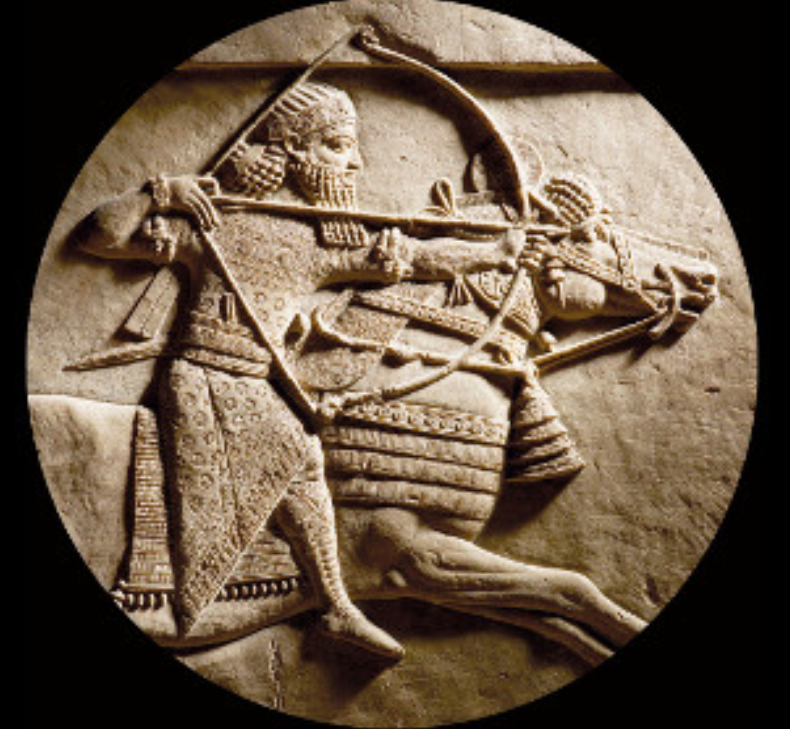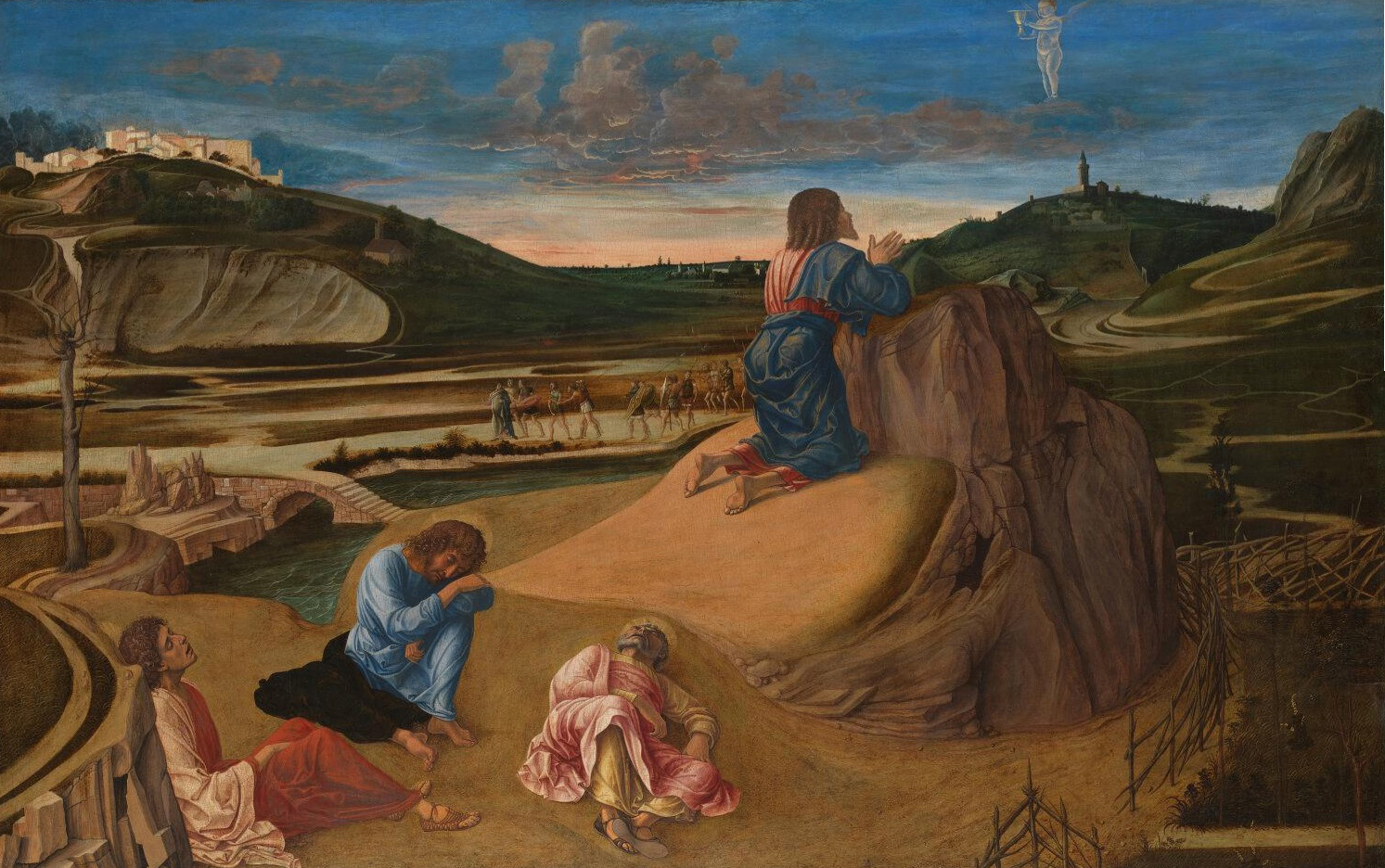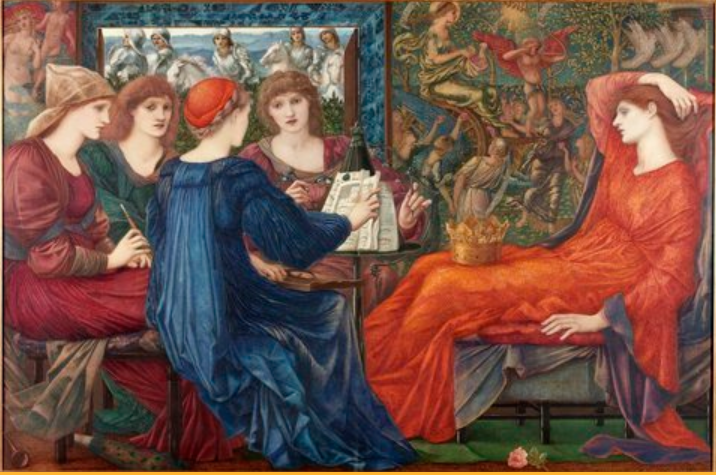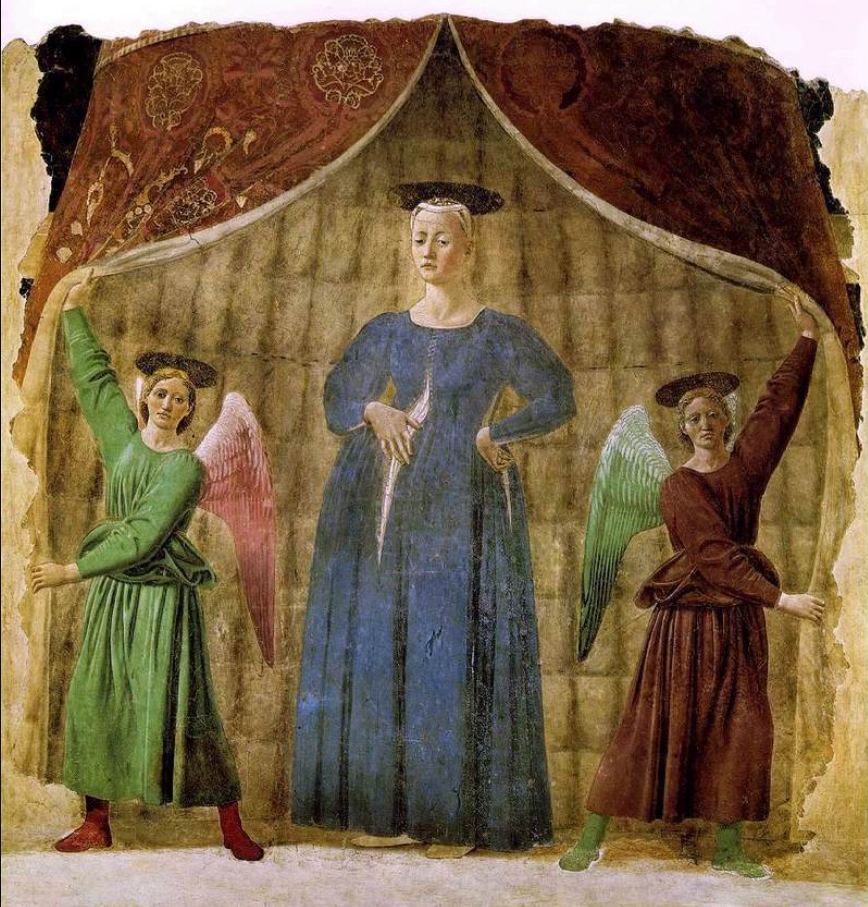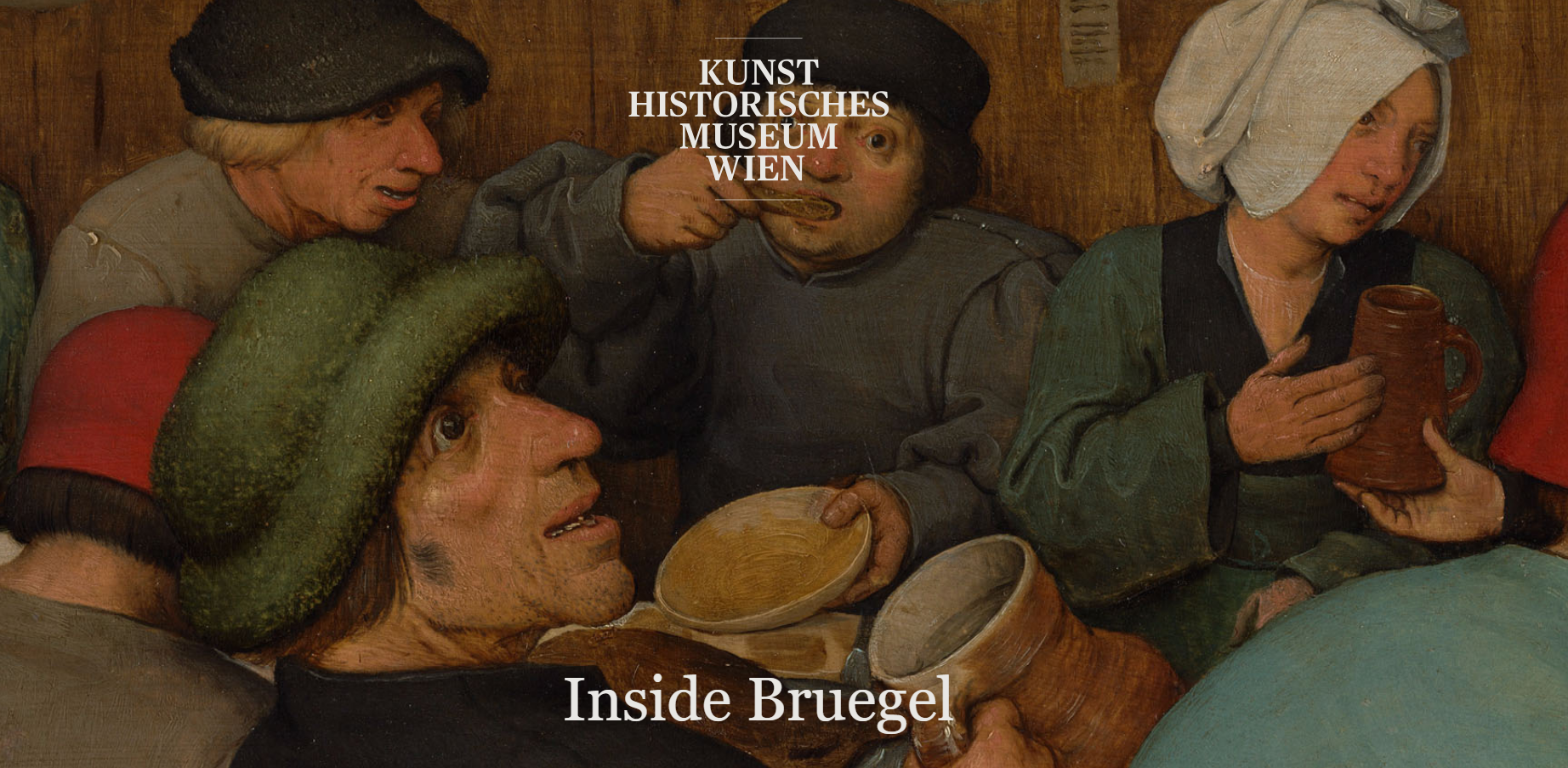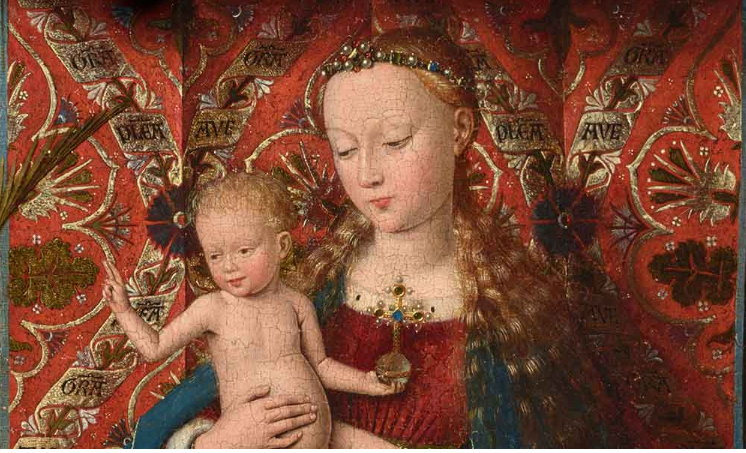 Rembrandt van Rijn (1606-1669), celebrated as painter, etcher and printmaker, died at the age of 63. He is commemorated in many places on this major anniversary of his death. Nina Siegal in the The New York Times essay, “The Relevance of Rembrandt 350 years later,” described the exhibitions. See also Russell Shorto’s essay, “Rembrandt in the Blood,” in the The New York Times Magazine.
Rembrandt van Rijn (1606-1669), celebrated as painter, etcher and printmaker, died at the age of 63. He is commemorated in many places on this major anniversary of his death. Nina Siegal in the The New York Times essay, “The Relevance of Rembrandt 350 years later,” described the exhibitions. See also Russell Shorto’s essay, “Rembrandt in the Blood,” in the The New York Times Magazine.
Peter Paul Rubens (1577-1640) traveled widely in Italy and Spain in his younger years and quite early attained an international reputation. His story was presented by J.S. Marcus, “The Ruben Phenomenon,” in the The Wall Street Journal. The Legion of Honor Museum in San Francisco offers an exhibit of young Rubens from April 6 – September 8, 2019; see https://legionofhonor.famsf.org/exhibitions/early-rubens.
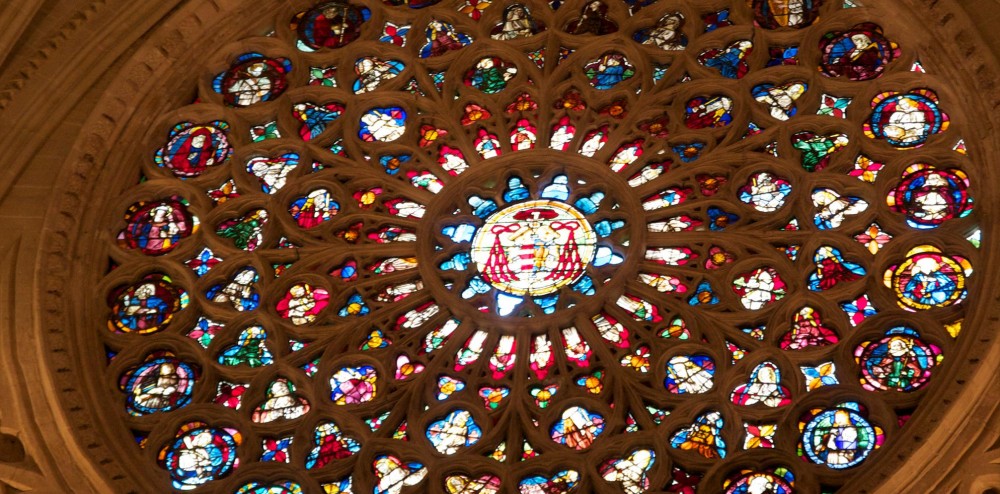
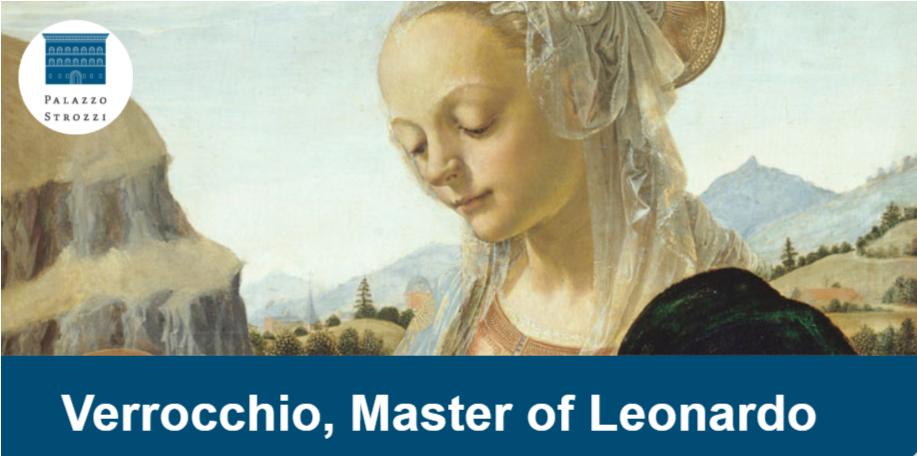 Andrea del Verrocchio (1435-1488) had the distinction of teaching Leonardo da Vinci and other great Renaissance artists of Florence, Italy. “Verrocchio shone as a teacher, draftsman and sculptor – as well as architect and musician – but his talents reached their apotheosis in bronze casting…” (Brenda Cronin,
Andrea del Verrocchio (1435-1488) had the distinction of teaching Leonardo da Vinci and other great Renaissance artists of Florence, Italy. “Verrocchio shone as a teacher, draftsman and sculptor – as well as architect and musician – but his talents reached their apotheosis in bronze casting…” (Brenda Cronin, 